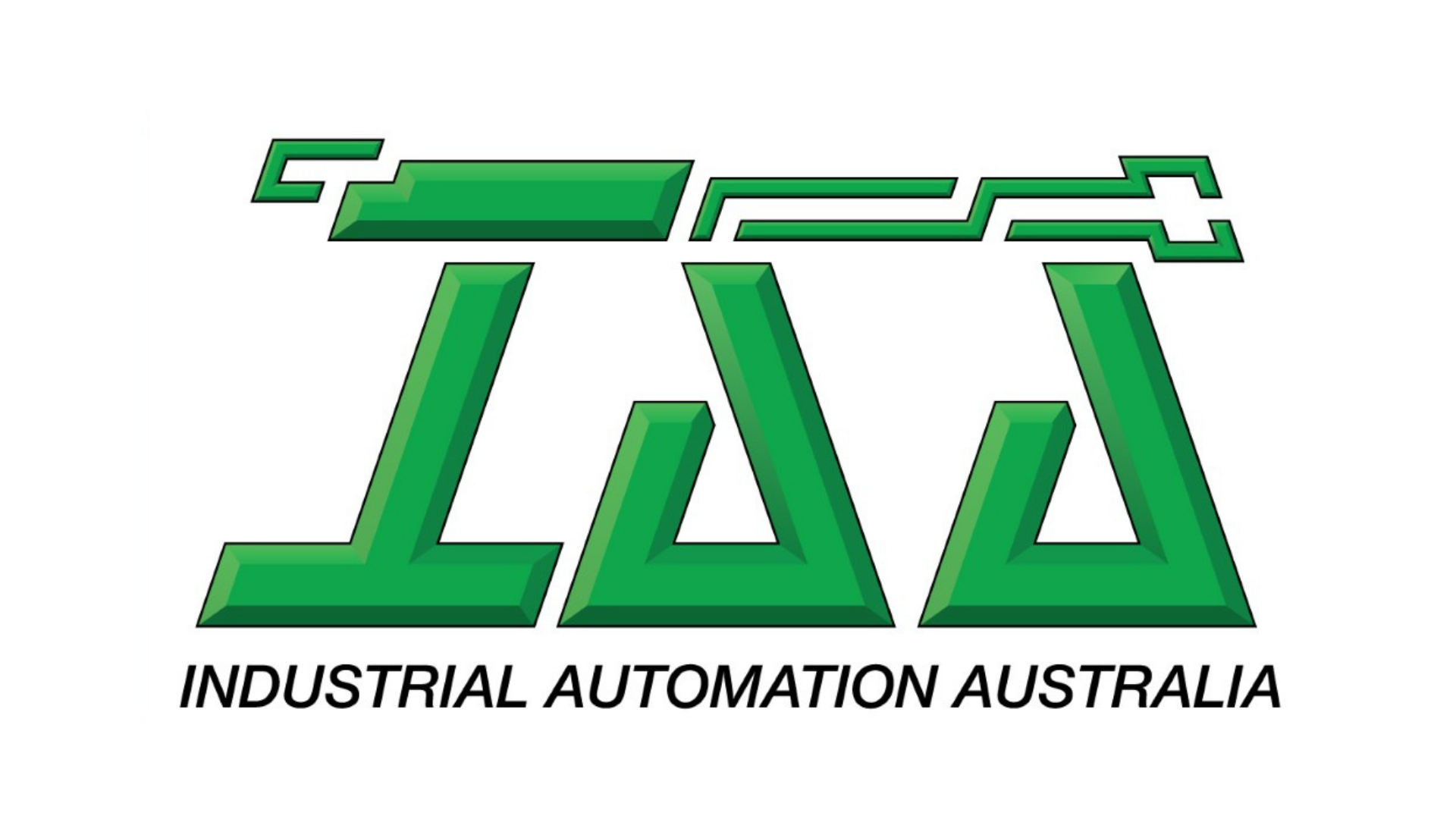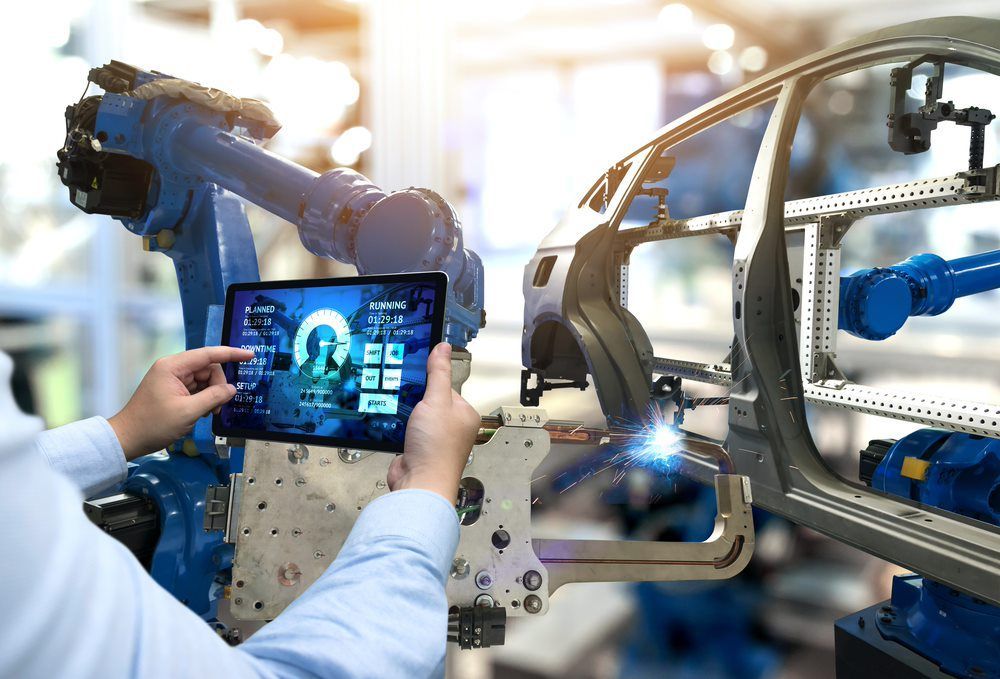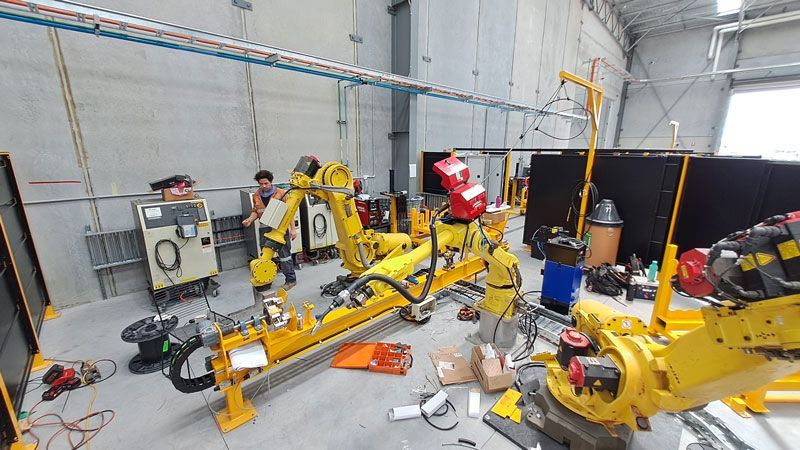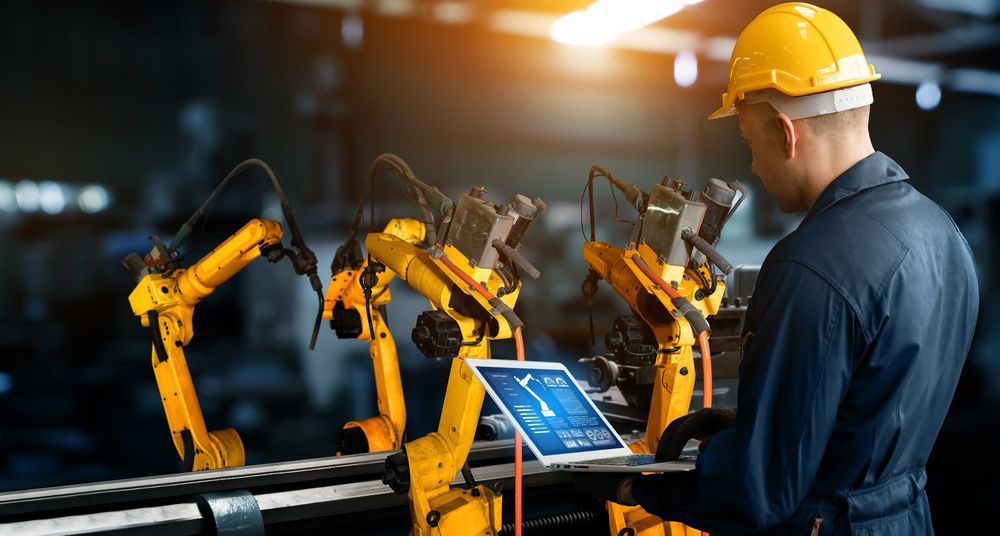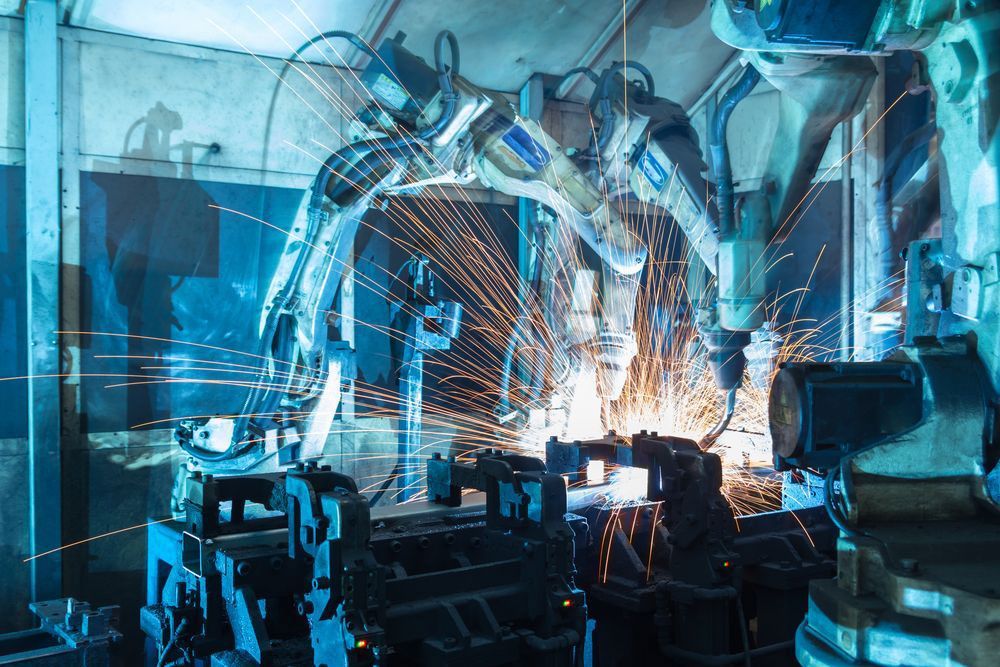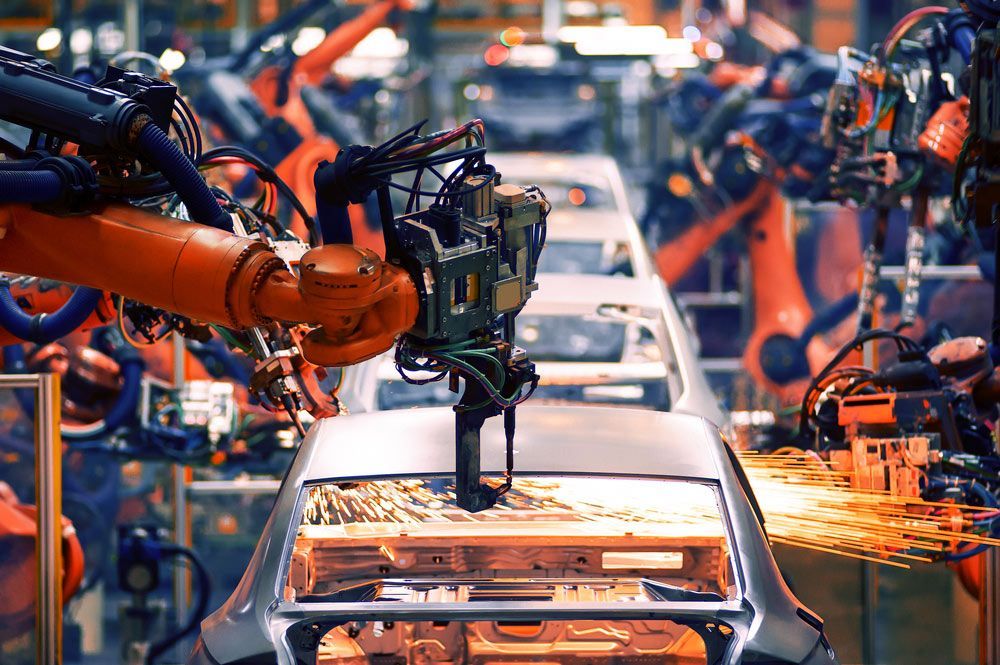A Comprehensive Guide to Automated Manufacturing Systems
Automated manufacturing systems have transformed the industrial sector, revolutionising the way goods are produced. At their core, these systems integrate computer-based control systems, specialised software and cutting-edge machinery to automate production processes. By executing tasks that were traditionally performed by humans, automated manufacturing systems help businesses enhance productivity, increase product quality, improve safety and reduce costs.
On this page:
- Types of Automated Manufacturing Systems
- Key Components of Automated Manufacturing Systems
- Benefits of Automated Manufacturing Systems
- The Role of Artificial Intelligence in Automated Manufacturing
- Challenges and Solutions in Implementing Automated Manufacturing Systems
- Are You Ready to Accelerate Your Manufacturing Process?
Types of Automated Manufacturing Systems
The world of automated manufacturing systems is extensive, each system designed to cater to specific manufacturing needs. Here are the key types:
• Fixed Automation: Also known as hard automation, fixed automation involves using equipment to automate a specific sequence of tasks or processes. It's highly efficient for high-volume production but lacks flexibility for changes in product design.
• Programmable Automation: In this setup, the production equipment is configurable allowing for batch production. It offers flexibility but it might require downtime for reprogramming and changeover.
•
Flexible Automation: Flexible or soft automation allows for producing a variety of products with virtually no time lost for changeovers. It combines the efficiency of fixed automation and the flexibility of programmable automation.
Key Components of Automated Manufacturing Systems
An automated manufacturing system comprises various sophisticated components, including:
• Control Systems: The control system serves as the central hub of the automated manufacturing setup. It governs the automated processes, regulating the execution of the programmed tasks. These systems typically utilise PLCs (Programmable Logic Controllers) or CNCs (Computer Numerical Controls) to monitor and control machinery.
• Robotic Systems: Robots in automated manufacturing systems handle a variety of tasks, such as assembly, painting, welding and picking and placing components. Robots can be programmed to perform these tasks with exceptional precision and speed, thereby increasing efficiency.
• Conveyor Systems: Conveyor systems are a critical component of any automated manufacturing system. They ensure a smooth, continuous flow of materials, parts or products through the production process, linking different stages of manufacturing.
•
Vision Systems: Vision systems are an essential part of quality control within automated manufacturing. Using advanced cameras and image processing software, these systems inspect and monitor the quality of the products, detect defects and even guide robots during assembly and handling processes.
Benefits of Automated Manufacturing Systems
Automation brings several tangible benefits to the manufacturing sector:
• Efficiency and Productivity: Automated systems can operate around the clock, thereby significantly boosting production rates. They also reduce downtime by performing tasks at a consistent pace without fatigue or breaks.
• Quality Assurance: Automation reduces the risk of human error, ensuring each product meets the established quality standards. Furthermore, vision systems provide real-time quality control checks, immediately identifying and correcting defects.
• Safety: Automated systems can perform tasks in hazardous environments, minimising the risk to human operators. This could include operations involving high temperatures, toxic chemicals or heavy materials.
•
Cost Effectiveness: Despite the initial investment, automation can result in significant long-term savings by reducing labour costs, decreasing wastage from errors and enhancing productivity.
The Role of Artificial Intelligence in Automated Manufacturing
Artificial Intelligence (AI) is becoming an integral part of automated manufacturing, bringing along a new level of sophistication. AI algorithms and machine learning techniques enable systems to learn from data, adapt to new inputs and perform human-like tasks. These technologies are instrumental in predictive maintenance, quality control, waste reduction and supply chain management.
• Predictive Maintenance: AI algorithms analyse data from machinery to predict potential faults before they occur, reducing downtime and maintenance costs.
• Quality Control: AI-driven vision systems can identify defects and irregularities in products more accurately than human inspectors.
• Waste Reduction: AI can optimise resource allocation and streamline processes, reducing waste production.
•
Supply Chain Management: AI can forecast demand, manage inventories and optimise logistics, making supply chains more efficient.
Challenges and Solutions in Implementing Automated Manufacturing Systems
While the implementation of automated manufacturing systems comes with its challenges, such as initial cost and employee training, solutions exist. Careful planning, gradual implementation, and comprehensive employee training can mitigate these challenges and ensure a successful transition to an automated manufacturing system.
Are You Ready to Accelerate Your Manufacturing Process?
If you're considering making the transition to automated manufacturing, Industrial Automation Australia is here to support you. From advice on choosing the most suitable system to providing technical assistance during implementation, our experts are ready to help you navigate the path towards automation.
